The midterm dust is settling, and we now know who controls the chambers of the 118th Congress (even if we still don’t know all the actual players).
The headlines highlight the divisions of power – and the reality is that swing-for-the-fences legislation of any kind will have a tough road ahead. Despite that, at AJW we see only strengthening opportunities for climate tech innovators.
Historic Climate-Related Legislation is Safe
The narrow margins in both chambers mean that laws on the books will remain in place since neither party enjoys enough of an advantage to overturn significant legislation. There may be some friction ahead in navigating appropriations (although most of the programs in these two bills are funded or do not need a specific appropriation), but the bottom line is that Treasury, DOE, and EPA will stay very busy implementing the tax credits, investments and grants defined in the Infrastructure Investment and Jobs Act, the Inflation Reduction Act, and the CHIPS+ Act.
There are Congressional Opportunities Ahead
After January 2023, we expect legislators to focus on areas of climate innovation with the best prospects for bipartisan support in a closely divided Congress. Bipartisan opportunities include:
- A National Clean Fuel Standard: Both parties have signaled interest in a technology-neutral policy to decarbonize transportation emissions. While the devil is in the details, members across the political spectrum see opportunities for decarbonizing technologies they favor. Transportation emissions are the single largest source of overall U.S. GHG emissions. A national clean fuel standard would help transportation fuel and vehicle innovators. It also would help scale sustainable aviation fuel and maritime fuels to tackle emissions in these hard-to-abate transportation sectors.
- Carbon Capture: Industrial decarbonization will benefit from policies that encourage innovations in handling carbon from process emissions. From catalysts to sequestration, technologies in this sector will be critical in reducing emissions from cement, steel, and other industrial processes. The recently enhanced incentives for CCS are powerful – but now we need to look at how emission abatement can be paired with capture strategies to maximize the community benefits from the energy transition.
- Permitting: A narrow path exists to ease permitting regulations to help speed up critical infrastructure projects that involve the grid, pipelines (including those for carbon capture storage), and more. That is exciting and potentially helpful. At the same time, we need to ensure new legislation maintains a level playing field for private sector participation in this market.
The Power of the States
While the attention has focused largely on the national elections, AJW also sees significant opportunities on the state level, particularly in California and New York. CARB’s recently released 2022 Scoping Plan and New York’s Climate Act both offer significant opportunities for innovators interested in these markets. Also of note, Washington State’s Low Carbon Fuel Standard launches in 2023, adding to programs in Oregon and California. With Canada’s newly adopted clean fuel program, there is now a multi-billion dollar North American market for low-carbon transportation fuels.
Voluntary Action
Increasingly, corporations are taking on decarbonization goals on their own to reduce risks and meet shareholder expectations. The SEC will likely finalize climate disclosure rules in the next year which will create increased pressure for companies to identify climate risks and create plans to mitigate them. At the same time, many companies are looking at the energy transition as a growth opportunity. We do not see the election slowing either trend.
The Uptake?
While major new legislative initiatives may be difficult, the outlook is not all doom and gloom. The unprecedented laws already on the books give innovators a strong foundation from which to develop their technologies and get them to market. There’s even a pathway for policies where both parties can meet in the middle, contrary to some of the more spectacular headlines. We see a lot of possibilities in front of us for our clients and for the industry.
We’ve said it before and we’ll say it again:
Decarbonization won’t happen overnight. Let’s get to work.
If your organization needs support, learn more here:
Energy Transition Strategy | Government as a Financial Partner | Clean Fuels | Industrial Decarbonization | Carbon Markets | Advocacy


